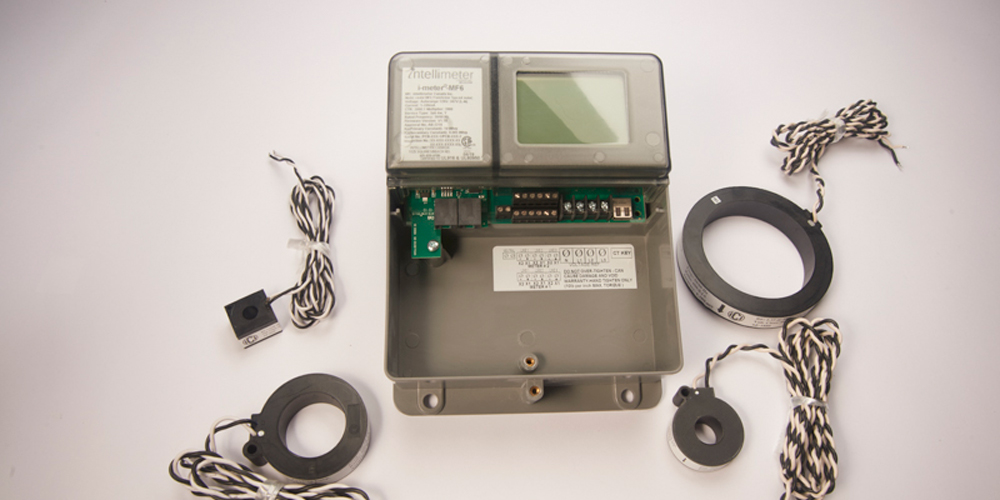As an “instrument transformer,” a Current Transformer (CT) produces an alternating current in its secondary winding, which is proportional to the current in its primary. Therefore, Current Transformers can reduce high currents to a lower value, providing ways to monitor actual electrical current using a standard meter safely. The device is used when a current is too high for the instrument used to be measured directly.
Current Transformer vs. Voltage Transformer
The concept of the Current Transformer may seem similar to a Voltage Transformer. A Voltage Transformer takes high voltage from the line and transforms it into low-voltage electricity at a safe level for the instrument used to be measured directly. The main difference between a Current Transformer, also commonly known as "C.T.", and a Voltage Transformer, also commonly known as "P.T.", is that the Current Transformer transforms the high value of the flow of electrical current into a lower one that is equivalent and that can be fed safely into the ammeter. In contrast, a Voltage Transformer transforms the high electric potential or the high voltage into a safe voltage that can be fed into a voltmeter.
The one commonality between Current Transformers and Voltage Transformers resides in the fact that both of them are instrument transformers with a core, a primary winding, and a secondary winding. In both cases the magnetic core is built with laminations of silicon-iron alloy, or high-quality magnetic steel. Typically, the finer the laminations the higher the accuracy. The ratio of transformation is the relationship between the number of turns around the core of the primary winding and the number of turns around the core of the secondary winding.
The two devices differ on the primary turns. In the case of the CTs, the primary ratio is typically (1) one, because the carrying conductor passes once through the window, and the current is reduced in the proportion of the number of turns of the secondary winding. For instance; a CT with a ratio of 1,000:5 would produce 5 Amperes on the secondary leads when a current of 1,000 Amperes passes through the window (primary winding). CTs with a Milli-Amp secondary are self shorting, are safer and do not require shorting blocks.
In the case of Potential or Voltage transformers, there is a multiple turn primary winding proportional to the secondary winding. For instance; a typical secondary voltage output on a PT is 120 volts, then a 480V:120V would have four more turns on the secondary side so that when the primary is connected between two phases carrying 480 volts, the secondary winding would produce a potential difference of 120 volts that can be safely brought into the measuring instrument.
Classification and Types of INSTRUMENT Transformers
Instrument Transformers can be classified into two main groups:
1. Measuring Transformer - This type is used for measuring a circuit’s current or voltage, power, and energy. Therefore, accuracy is critical for the performance of the transformer and the burden is usually low as the maximum power required from the output is used to produce a meter reading.
2. Protective Transformer –This type is used to feed Protective Relays that protect electrical systems from faults. In these types of transformers, in addition to accuracy, the burden to operate the protective relay and a high saturation (knee) point to maintain the linearity of Current to Voltage, are critical for the correct functioning of the protective device.
Current Transformers can be further classified into three main types:
1. Bar type
A bar-type is an in-line CT fully insulated to the switchgear voltage level and mounted with bus bars bolted on both sides. The bar and is used as the primary winding.
2. Window type
A window-type CT has circuit cables running through the middle of a core opening, providing a single-turn primary winding. It is through the opening in the core from which the conductor carries the primary load that passes.
3. Wound type
A wound-type has separate primary and secondary windings wrapped around a laminated or magnetic steel core. This type of CT was designed to consist of one or more turns and carries the measured current flowing in the circuit.


